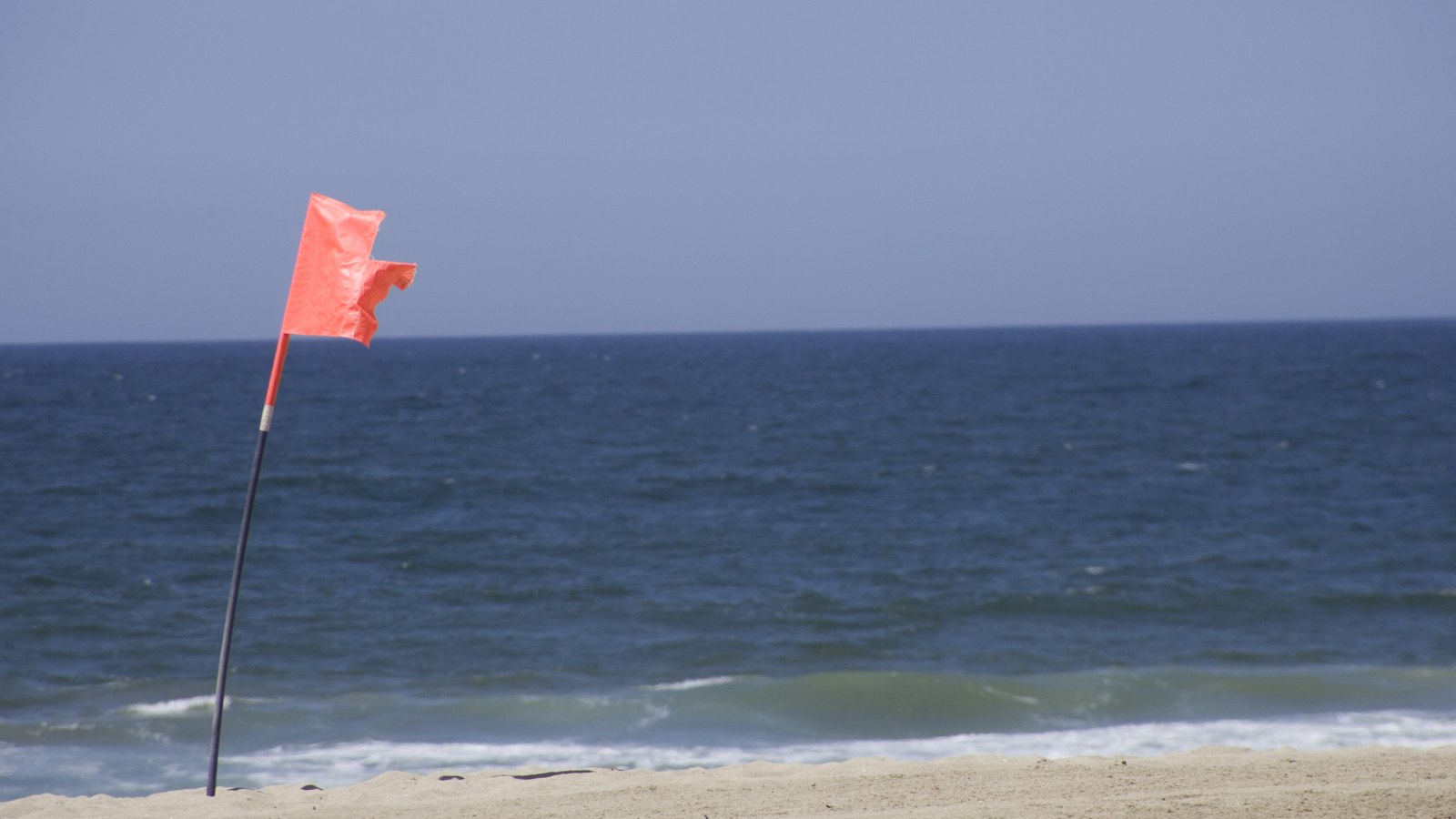By Anna Skinner
Copyright newsweek

Millions of beachgoers from Florida through New York were warned of hazardous ocean conditions on Tuesday amid dangerous rip currents and large waves.Why It MattersTemperatures are rising once again after more than a week of below-average levels as summer’s end nears. The warmer temperatures could prompt more people to visit the beach, but National Weather Service (NWS) meteorologists along the Eastern Seaboard are urging people to exercise caution. Multiple NWS offices have issued beach hazard and rip current statements, with dangerous ocean conditions affecting millions.What To KnowAs of Tuesday afternoon, ocean-related weather advisories were in place for many states, including Florida, Georgia, South Carolina, North Carolina, Delaware, New Jersey and New York.In some instances, NWS meteorologists urged people to remain out of the water.”Life-threatening rip currents are likely for all people entering the surf zone,” a coastal hazards message from the NWS office in New York said. “Anyone visiting the beaches should stay out of the surf. Rip currents can sweep even the best swimmers away from shore into deeper water.”Rip currents flow out toward the ocean and can quickly pull swimmers away from the shore. They typically form at breaks in sandbars and near structures like piers and jetties.According to the National Oceanic and Atmospheric Administration (NOAA), rip currents can travel at speeds of up to 8 feet per second, faster than an Olympic swimmer.If caught in a rip current, swimmers are advised to swim parallel to the shore until they are free of the current, then swim at an angle back toward the shore.NWS meteorologist Jay Engle, who works at the New York office, told Newsweek the rip currents are caused by an easterly swell.”Sometimes it’ll come from an offshore hurricane, sometimes it just comes from the pressure gradient between two systems,” Engle said. “That’s kind of what we have now. It’s a combination of swell energy and wind energy coming into the shoreline, and that’s helping to cause the rip currents.”In addition to the dangerous currents, large waves also posed numerous dangers.”Breaking waves of 6 to 7 ft will result in rough surf conditions and a high risk of rip currents,” the NWS office in Wakefield, Virginia, said in a coastal hazards message. “Dangerous swimming conditions may create life-threatening conditions in the surf zone. Caution should be used when in or near the water.”What People Are SayingEngle also told Newsweek: “There will be an elevated risk for rip currents through mid-week.”The NWS office in Wilmington, North Carolina, in a post to X: “Expect a moderate to strong risk of rip currents as well as moderate to strong longshore current on east-facing beaches Tuesday. If someone is caught in a rip current, help them without putting yourself at risk. Seek help from a lifeguard.”What Happens NextIn some cases, the dangerous conditions were expected to pass by Tuesday evening, but other states could see warnings remain in place through Wednesday afternoon. Beachgoers along the Eastern Seaboard should monitor forecasts and follow any local weather guidance.



